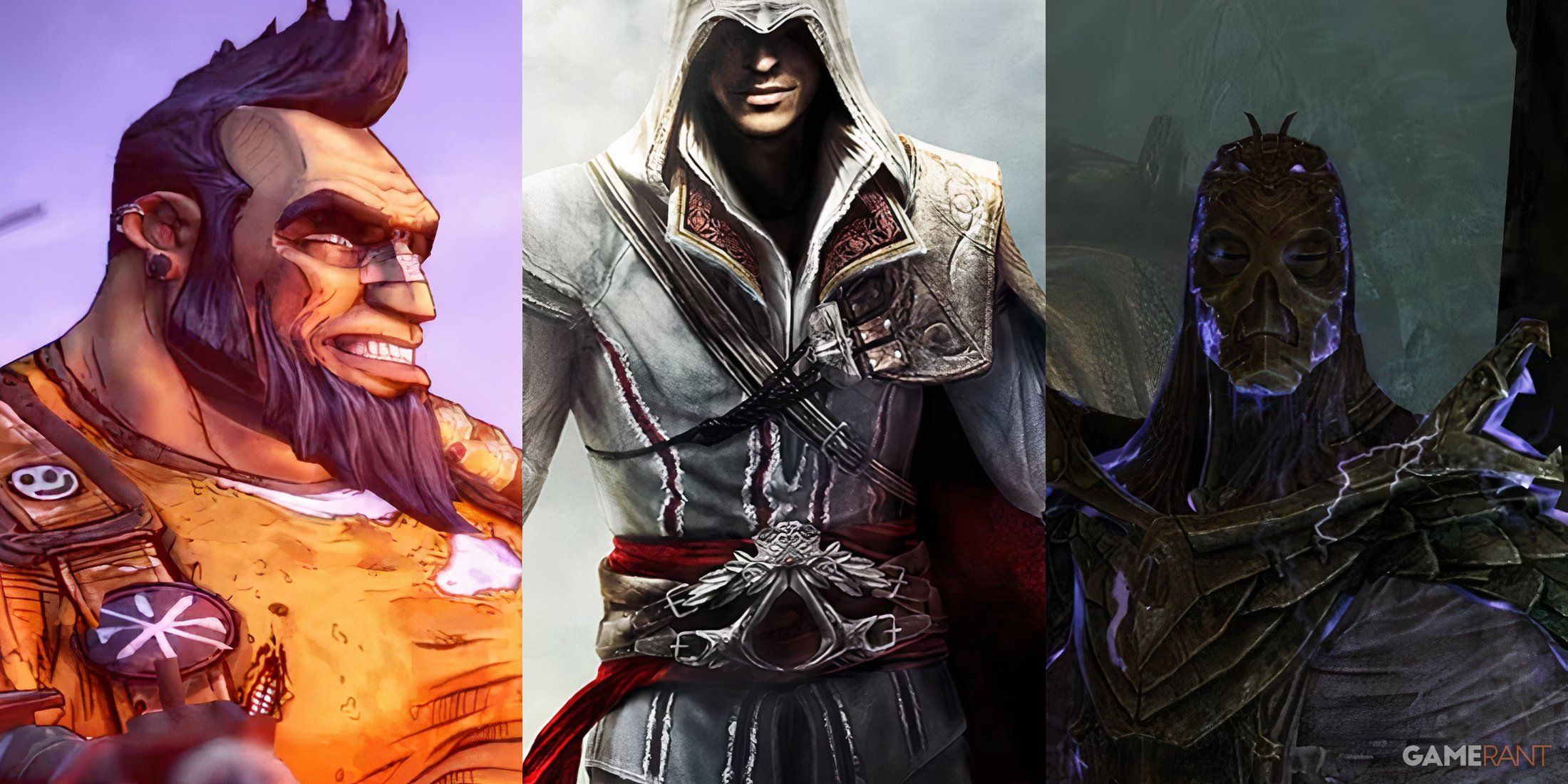Tech
Review: Slitterhead (PS5) – Inventive Horror Is Essential for Japan Studio Fans

Slitterhead – directed by Japan Studio veteran Keiichiro Toyama – feels like a spiritual successor to Siren, Gravity Rush, and Soul Sacrifice all at the same time. This inventive, unusual survival horror is far from perfect, with inconsistent visuals, repetition, and some unrefined gameplay systems. But if you’ve been lamenting the loss of PlayStation’s oddball first-party output, this is the closest you’re going to get to it.
You play as an ambiguous, omnipotent spirit named Hyoki, capable of possessing humans and commandeering their bodies. A disease is ravaging a fictional reimagining of 1980s Hong Kong, transforming the public into the eponymous Slitterheads. All you really know is that you want to wipe these monstrosities out, and so you begin body-hopping through the community to learn more about the threat – and bring it down.

The story unfolds over a sequence of days in a handful of small, sandbox-style environments. As you progress, you’ll revisit these levels repeatedly at various different times. You can freely possess most of the people you encounter, and this plays into the game’s traversal; if you need to reach a rooftop, for example, you may do so by inhabiting someone standing out on their balcony and then working your way up.
While it’s not identical, this system will remind you of Gravity Rush. You can leap off buildings and then dispossess your current host just before they hit the ground, switching to another unsuspecting person to move forward unscathed. Some chase sequences, which are clumsily executed but cool in concept, see you quickly switching between a string of humans to keep up pace with your target. There’s even an obligatory stealth system, where you body hop to avoid detection.
But there are contrivances to ensure the mechanic works. Hyoki’s movement is limited, for example, so you can’t float off forever looking for new hosts. Similarly, the spirit often finds himself blocked by man-made constructions, like doors. In some missions, you’ll find yourself searching for open windows in order to progress. While we understand there had to be limitations in order to create some degree of difficulty, it feels a little bit like the rules are always bending to meet the requirements of the game.

This is equally true when you try to possess a certain person who would easily get you to where you need to be, but they’re inexplicably unavailable. The game wants you to play it exactly as it’s been designed a lot of the time, and that often leaves little room for experimentation or problem solving.
It’s a shame because, in combat, the game’s actually empowers you to explore your own strategies. Throughout the story you’ll encounter Rarities, humans you possess who resonate particularly strongly with Hyoki. Unlike the other people you inhabit, these come with unique skills and weapons, and can be permanently added to your roster. Tri, a housekeeper, has a pair of bladed oven gloves, for example – while Alex, a doctor, is armed with a giant syringe.
You can usually take two Rarities into a mission with you, and while some do require you to select a specific personality for plot reasons, usually you’ll be free to mix and match. This provides plenty of room for experimentation, because glass cannons like the homeless alcoholic Edo can be paired with healers such as the convenience store worker Julee. Each character can be upgraded individually, and comes with unique talents to support you in battle.

The combat is very janky, but it uses the possession mechanic smartly. You’ll often find the environment populated with human fodder, and you can possess these people to draw attention away from your Rarities, then switch back to take out your targets. You’ll get a small offensive boost each time you hop bodies, and of course it gives you the ability to move to more advantageous positions. Blood can be sopped up from the ground to recover health.
There’s quite a lot going on here, and sometimes the information is buried in tutorial menus. But it makes for a unique combat system unlike anything else you’ve ever played. One character can drop a blood vortex onto the stage, for example, sucking foes in; you can then switch to an unimportant human, prime them for detonation, run into the middle of aforementioned maelstrom, and possess a different body before they explode.
There’s a counter system which sees you using the right analogue stick to time parries, which adds a little more depth to the one-on-one combat. While the animations and contacts never quite feel robust enough to make this a great action game, the team-building systems and body hopping mechanics make it inventive and unique. It’s quite a difficult experience on the standard difficulty, so you’ll need to take advantage of all the tools available to you to progress.

Our biggest criticism really is that it all becomes a bit repetitive at times. You’ll need to replay certain levels to discover Rarities required to progress the plot, and these stages can be padded with overly long chase sequences, which do wear out their welcome fast.
Similarly, it’s quite a low-budget experience, with visual novel elements used to further the story and some pretty bad human models. The overall art direction is exceptional, leaning into real-life locations like Hong Kong’s infamous Monster Building and making them the star of the haunting architectural art – but it’s a game that has better environments than character designs. The soundtrack, meanwhile, composed by the timeless Akira Yamaoka, is a masterpiece throughout.
Conclusion
Frustrating at times but fearlessly inventive, Slitterhead is an absolute must-play if you’re looking for an original take on the survival horror genre. Serving as a spiritual successor to fan favourites like Siren, Gravity Rush, and Soul Sacrifice, this haunting tale about a body-hopping spirit – who uses humans as fodder to put a stop to the eponymous enemy – is a scintillating albeit occasionally undercooked debut from Bokeh Game Studios. Repetition and an overall lack of refinement do bring it down, but you’ll be hard-pushed to find a more imaginative experience this year.








